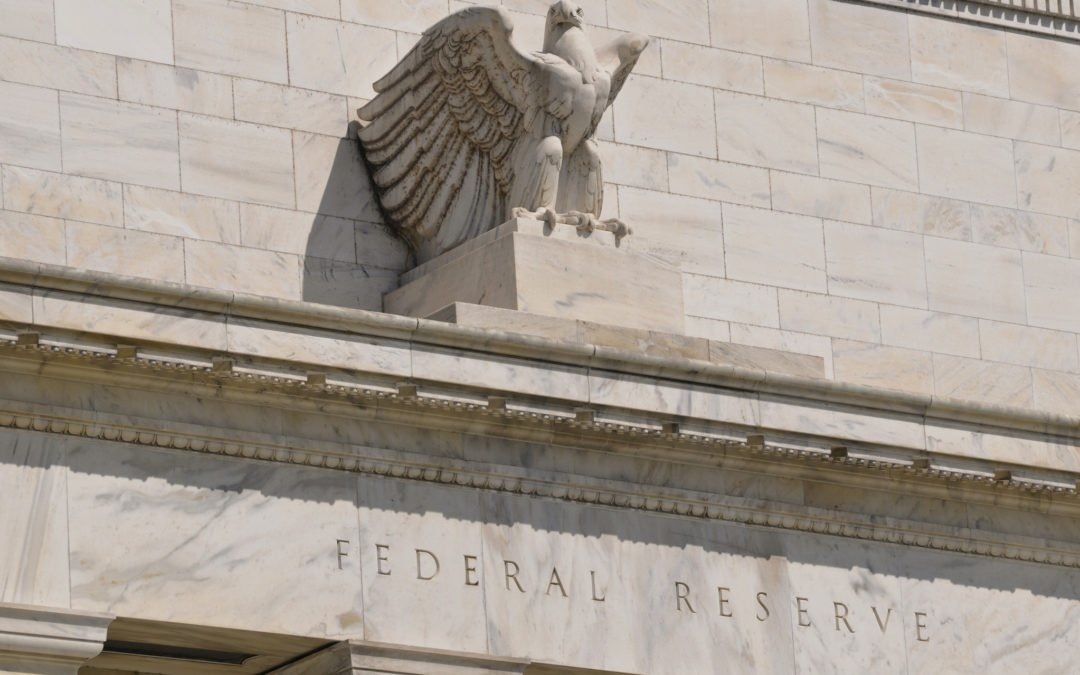The Markets – U.S. equities ended the month of August down just a bit with a monthly loss of (0.35%) reducing the year-to-date gains to 9.89% as measured by the S&P 500 Index.
Washington – The White House now has the catastrophic flooding along the Texas coastal region to deal with. Our hope is that this tragedy serves to refocus Washington on things that matter: liberty, freedom, and serving the citizens of the United States, and not focusing on emotional divisions and hateful rhetoric. The next Geopolitical event that may affect the markets depends on how Congress addresses the debt ceiling. Although these types of events may create short-term choppiness; they are generally over pretty quickly.
The Economy – We elaborate a bit more below, but Real GDP was revised to a 3.0% annual growth rate in Q2 from a prior estimate of 2.6% and beating the consensus expected 2.7%. The upward revision was mainly due to faster growth in personal consumption and business investment, which more than offset the downward revision to government purchases. The largest positive contribution to the real GDP growth rate in Q2 was personal consumption. The largest drag was residential investment. The GDP price index was unchanged at a 1.0% annual rate of change. Nominal GDP growth – real GDP plus inflation – was revised higher to a 4.0% annual rate from a prior estimate of 3.6%.
Headlines- Worth repeating, we remain very concerned about North Korea and Syria. North Korea recently launched a missile through Japanese airspace. To date, Trump has not imposed the most severe sanctions through the use of the U.S. banking system. We look for either more pressure on China, through trade, or for the U.S. to soon begin utilizing the international banking system. Will it work? It worked in getting Iran to the table, but we have no illusion about North Korea. Kim Jong-un has clearly stated he will not negotiate and will “never, ever, give up his nuclear capabilities”. Time will tell.
More about the markets
The Federal Reserve (“Fed”) elected to increase money market rates in June, the second increase in 2017. The 2nd quarter ended with the targeted federal funds rate range of 1% – 1.25%. Perhaps of larger issue, was their roll out of tangible details of a plan to begin to reduce the size of their balance sheet by curtailing their bond purchase program. Barring some collapse in the 3rd quarter data, the Fed will begin to slow their purchases by ten billion dollars a month across both Treasuries and Agency MBS. It has also targeted stepping up its curtailment by an incremental ten billion dollars over the next several quarters, up to a total of thirty billion.
The softer data components, such as corporate surveys, consumer surveys and general economic sentiment information of future expectations improved throughout the quarter, pointing to solid growth prospects in the future.
The yield curve did flatten somewhat (explained in our June Marketwatch), however as shorter maturity yields increased slightly, longer maturity yields declined just slightly and core intermediate maturity yields finished the quarter at virtually the same levels where they began the quarter.
Our base view is that they will officially announce the change at their September meeting and actually begin the bond purchase reduction in early October. Our belief is that as the Fed begins to slowly reduce their bond-buying program, this action will slowly lead to yield curve steepening, at least for a while.
Book recommendation: Thinking Fast and Slow, Daniel Kahneman.
Have a question? Let me know! Email me at kcompton@wsmtexas.com.

